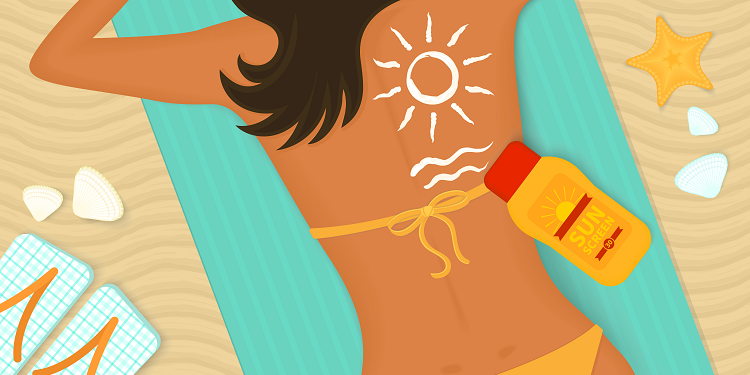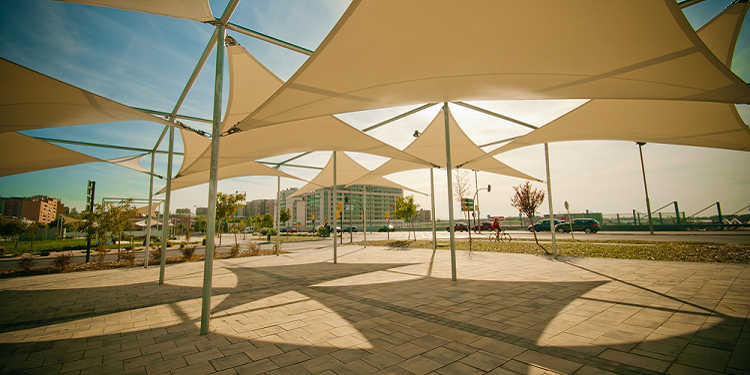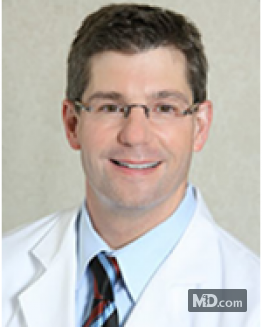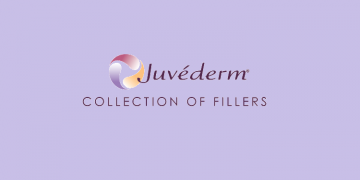How to Reduce Your Risk of Skin Cancer by Mohs Surgeon Dr. Mark A. Chastain

Sunlight is a great source of vitamin D, which is an essential vitamin that contributes to overall health, but staying in the sun too long without protection does pose a skin cancer risk. So what should you do? Find out how you can protect your skin from damage when you are out in the sun.
You can start by asking your doctor – What are some of the ways I can reduce the risk of skin cancer? In this article, board certified dermatologist and fellowship-trained Mohs surgeon Dr. Mark A. Chastain introduces skin cancer, and some of the most effective ways to reduce your risk.
Understanding Skin Cancer
Skin cancer is a disease that is most often caused by excess exposure to the sun’s ultraviolet (UV) rays. The most common types of skin cancer are basal cell carcinoma, squamous cell carcinoma, and melanoma. While basal cell carcinoma is the most common, melanoma is the most dangerous.
How UV rays Affect the Skin
There are 3 main types of UV rays: UVC, UVB, and UVA. UVA rays are the most harmful, because they have the longest wavelength of them all, and can penetrate beyond the skin’s superficial layers. UVA rays are responsible for creating the tan you love, but too much of it can damage the skin, and lead to sunburn, and premature aging of the skin.
Major Risk factors for Skin Cancer
Excessive exposure to UV radiation is believed to be the most serious risk factor for skin cancer, and people who use tanning beds are also at high risk. In addition, individuals with a family history of skin cancer, as well as those with certain types of moles, have a greater chance of developing skin cancer.
Ways to Reduce Your Risk of Skin Cancer
Below are 3 important tips to help you protect your skin, and reduce skin cancer risk.
1. Use Sunscreen

Using sunscreen tops the list, because short of staying indoors all the time, it’s your best safeguard against too much sun. Use of sunscreen should not be limited to the summer months, because the UV rays can also be damaging during the winter. In the winter, the UV rays escape through the clouds and reflect off the snow, so you should not neglect applying sunscreen at that time.
When choosing a sunscreen, be sure to select one with a sun protection factor (SPF) of at least 15. However, if you have to spend long hours outdoors due to job or other factors, it’s best to use a sunscreen with a SPF of 30 or higher.
Research carried out in US and Australia has shown that the daily application of a broad spectrum sunscreen, which protects against both the UVA and UVB rays, can significantly reduce incidences of melanoma. Slathering on sunscreen can also retard the development of pre-cancerous conditions, such as actinic keratosis (AK).
2. Stay in the Shade When Possible

Avoid the sun when you can, but especially at midday when the UVA and UVB rays are most intense. Since the sun is so potent during those peak periods, you should probably seek out shaded areas.
The UVA rays can penetrate the skin and injure the skin’s connective tissue, undermining its DNA, and increasing the risk of skin cancer. This is the main reason why staying away from direct sunlight when you do go outdoors, is vital in helping to reduce your risk of skin cancer.
3. Wear Protective Clothing

Wearing sun safe clothing and covering up as much skin as possible, is another way to avoid sun damage, and minimize cancer risk. It’s best to choose clothing with fibers that are knitted together or tightly woven, as these provide much more protection.
The ultraviolet protection factor (UPF) rating system was developed to measure the level of UV protection provided by fabric. A fabric’s UPF is an indication of how much it can shield you against the UV rays of the sun. Clothing with a UPF of 50+ are considered the best. However, it’s also important to apply sunscreen to those areas not covered by clothing.
If you live in the greater Atlanta metro area, and would like more information on how to reduce your risk of skin cancer, contact Dr. Mark A. Chastain of Skin Cancer Specialists, P.C. & Aesthetic Center. Call today for a consultation.
Additional Resources
- Click here to find a dermatologist near you in the MD.com Specialists Directory
- Click here to search for a Mohs micrographic surgeon near you through the American College of Mohs Surgery
- Click here to browse skin cancer health tips at MD.com
- Click here to read the latest news headlines about skin cancer at MD.com



